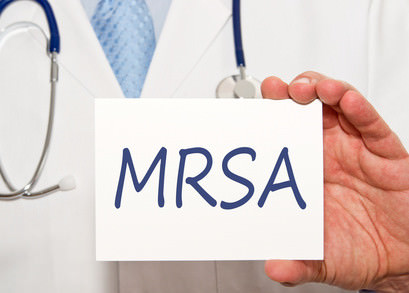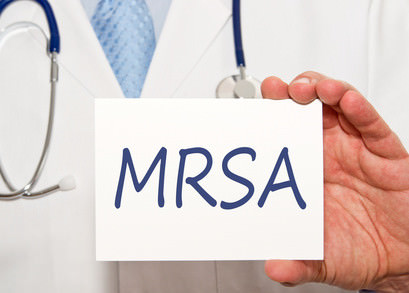MRSA is an infection. It is an infection that resists antibiotic treatments. Because of this, it is called “superbug”. This kind of infection affects different parts of the body. This condition is stubborn. It can be very tricky. Its resistance to antibiotics makes it hard to treat. The good thing is that the infection brings to other parts of the body is not that serious. The symptoms of MRSA infection depend on what body part is infected. Skin is the most common part it infects. The infections may not be serious. But, it must be treated at once. If not treated, a simple infection will lead to serious matters. The untreated complications may lead to life-threatening matters.


Symptoms of MRSA Staph Infection
As mentioned, the symptoms of MRSA staph infection depend on the body part it infects.
Skin infection– This is possible to happen. It is because the infection lives on top of the skin.
Cellulite– This kind of infection is caused by bacteria. The bacteria get to the deeper layers of the skin. A patient with this kind of skin infection will feel irritable. That is because the skin tends to be hot. The skin is painful. Redness may appear. Swelling is likely to happen. This infects the soft parts of the skin. This includes the skin’s fats. It also infects the skin’s tissues.
Boils– If the patient has boils, the skin will look like red and bumpy. It looks like insect bites when looked up-close. This is a kind of MRSA staph infection. This happens when bacteria get into the skin. It can go inside the hair follicles. It can enter through skin cuts. Bacteria may also enter through open wounds. A fluid may also develop inside the bump on the skin. The fluid is called puss. This can be irritating. This can be painful, too.
Other Symptoms– There are also some serious symptoms related to MRSA. A doctor must be consulted if these symptoms appear. Be very vigilant in checking for symptoms. Do not take for granted the signs of MRSA staph infection. It is necessary to watch out for these symptoms. It prevents life-threatening complications. Symptoms to watch out for include dizziness and fever. Also, there is muscle pain. There could be joint pain or bone pain. There is shortness of breath. There could be muscle swelling. The skin will be red. There are coughs, colds, flu, and body chills. These are the signs of MRSA staph infection.
Complications of MRSA Staph Infection
The symptoms may appear simple. The signs may not be alarming. But do not leave it untreated. If left untreated, the symptoms might lead to the a more serious matter. These are the complications that might happen:
[starlist]
- Blood Poison (sepsis)
- Heart-lining Infection (Endocarditis)
- Bone Infection
- Urinary Tract Infection or UTI
- Joint Inflammation
- Muscle Inflammation
- Lung Problems such as Pneumonia
[/starlist]
Treatment for MSRA Staph Infection
Treating MRSA staph infection depends on many factors. For one, the treatment depends on the part of the infection. The MSRA may infect different body parts. For example, it can infect the skin. If the skin is infected, that part of the body has to be treated. These are the following factors when treating MRSA staph infection:
[checklist]
- The type of infection the patient has
- The body part that is infected
- The seriousness of the symptoms
[/checklist]
Colonisation– This treatment can be done to patient with MRSA staph infection. It is the removal of the bacteria from the body. If the patient is screened with MRSA staph infection, this procedure may be part of the treatment.
Antibacterial Body Wash– This will remove the bacteria. This will treat the infection. It will wash the surface of the skin. Skin is prone to MRSA staph infection.
Antibacterial Cream– This product is used to treat the infections in sensitive parts of the body. An example of this body part is the inside of the nose. I
Antibacterial Shampoo– The scalp may also be infected with MRSA. This product is used to treat the scalp.
Antibiotic Tablets– Cellulite is a bacterial infection. Antibiotic medications are used to treat it. It must be orally taken 7-10 days.
Drainage– This treatment is for skins that have boils. It requires incision and drainage. The puss is drained in this treatment. It is drained by piercing the tip of the bumped skin. A sterile needle is used in piercing the skin in this method.
Isolation– This can be a part of the treatment. Isolation depends on the severity of the infection. The patient might be confined. He has to be isolated. He must be away from other people. This prevents the spread of the infection.

